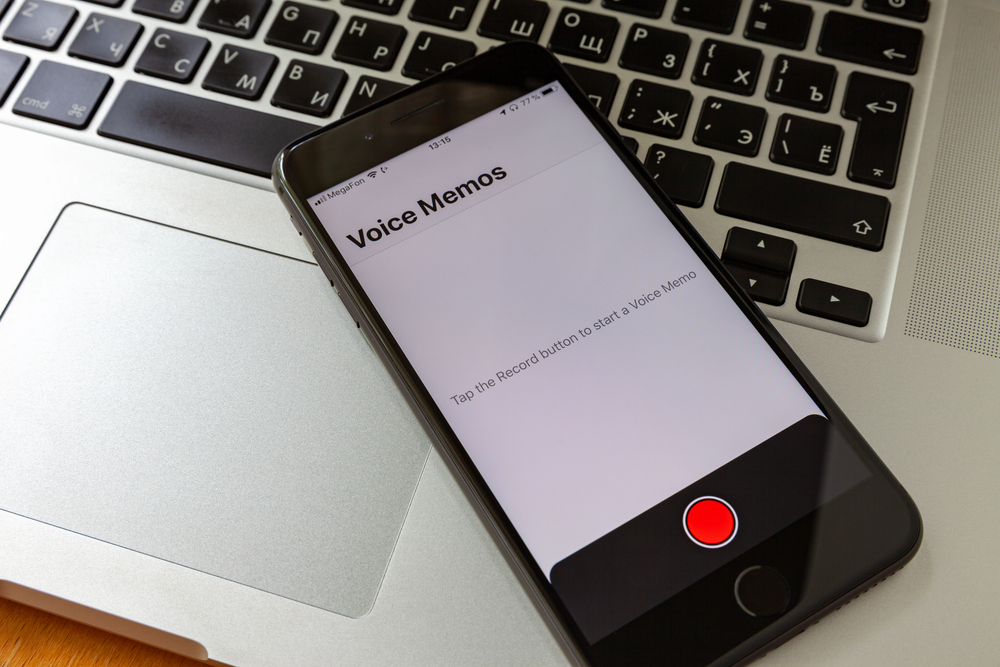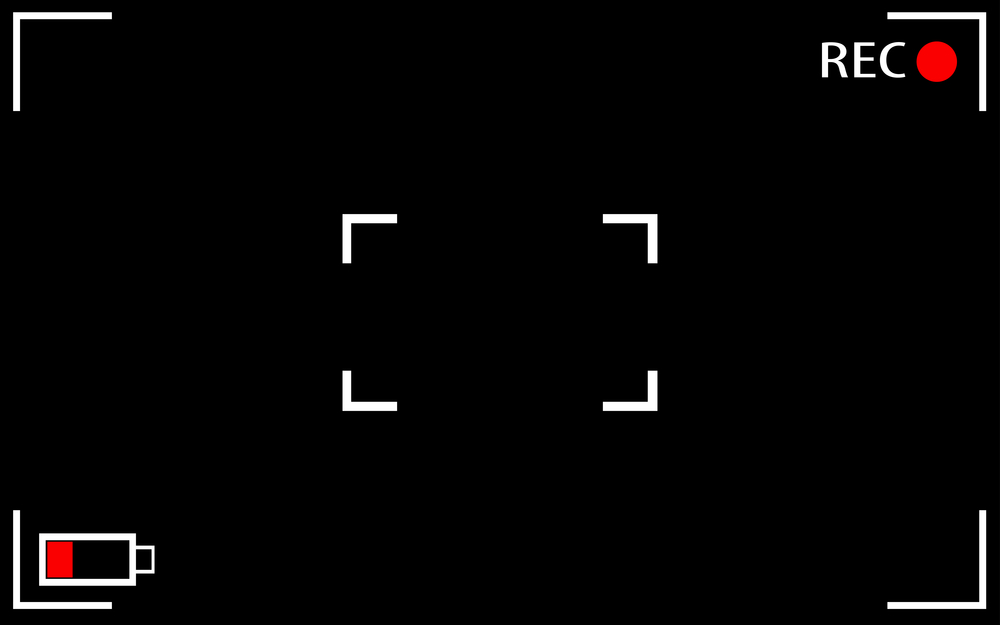When it comes to trading, you can learn all the strategies, patterns, and lingo you want — but if you don’t have solid trading tools, especially your charting software, you're going to be SOL.
And honestly? I didn’t fully grasp how true that was in the early years… because I got lucky.
I Started with the Best
I began my trading education and career on TradeStation, which in the late ’90s was arguably the best platform out there. My father’s personal mentors — including Larry Williams — had used it for years and continued to swear by it.
Even while I was on Wall Street and “forced” to use other platforms like Bloomberg Terminals, Reuters Charts, CQG, TeleChart 2000, and more, I always gravitated back to TradeStation for my personal needs. I still do.
But lately… something's shifted.
Times Change — and So Should Your Tools
Over the past decade, with the surge in active trading, I’ve noticed something: innovation is accelerating, but not all platforms are keeping up.
While I still love TradeStation, I have to admit — the pace of innovation there has slowed. I see room for new features, ways to integrate external tools, and even improve how I use my own indicators like the RSI Power Zones.
That’s why I’ve been pushing myself to explore more in 2025 (and yes, I do believe years ending in 5s and 0s bring big shifts for me). It actually started last October when I came across a standout indicator — the VIX Wizard — through my friends at Profits Run, and I began digging into TradingView to try it out.
Soon after, I added their Money Bell indicator, and I dug even deeper into alternative charting softwares outside of TradeStation.
TradingView Isn’t the Answer — It’s Just One of Them
TradingView is incredibly popular right now — and for good reason. But popularity doesn’t always mean it’s the best for your trading style, goals, or asset class.
That’s why I started leaning on my network of fellow educators and software creators. You’ll be seeing more and more from me about tools that complement the education I provide.
Because while I’m an educator first and foremost, I also want to equip you with the tech you need to apply what I teach — and that starts with the right charting software.
Last week I introduced you to Vantage Point, the original AI trading software using predictive intelligence, run by my long time friend Lane Mendelsohn and his dad Louis.
And I'm digging deeper on momentum, getting ready to share two addiitional charting software platforms real soon that may tickle your fancy. Stay tuned!
So… How Do You Choose the Right Charting Software?
Here are questions I get all the time from beginner to advanced traders across sectors:
❓ Q1: How many platforms should a trader have?
A1: Start with one. Master it. You want to get comfortable enough that you can use it consistently to place trades and actually make money. Once you're confident in your charting and trade execution skills (if they’re on the same software platform), you can explore others. But keep your go-to software as home base while you experiment.
❓ Q2: What do you look for in charting software?
A2: In my experience, the #1 feature is the UI or User Interface. This is because everyone processes visual info differently. Some traders need bright, bold charts. Others prefer minimalist or color-coded interfaces. Even if the features are the same across platforms, how they’re arranged and how intuitive they feel can make or break your experience in conducting analysis and making trades.
Pro Tip: If you’re doing a trial or a first month of a charting software, carve out time to really explore it. Don’t just install it and forget it — test it in action.
❓ Q3: What top features should you prioritize?
A3: Here’s what to look for once you know what asset class, time frame, and trading approach you’re focused on:
✅ 1. Data Access & Time Frames
Real-time data for your preferred asset (e.g., E-mini S&P 500 futures) is a must.
Watch out for hidden costs: some platforms require add-ons for futures data or real-time feeds.
✅ 2. Asset Class Support
Some tools cater to multiple markets (futures, stocks, options, crypto).
Others specialize in one — often with deeper functionality.
Know your needs and double-check what’s included.
✅ 3. Support & Education
This is a big one for me personally. You want:
- Email/chat/phone support
- Webinars or live Q&A help
- Videos that show how to set things up
Note: If I recommend a platform for you to explore, it’s because I’ve vetted their support firsthand.
✅ 4. Price
Trading software is a cost of doing business — but it’s still a cost.
Consider:
- Monthly/yearly subscription fees
- Data feed charges
- Broker connection or order routing fees (if applicable)
Keep that number in mind when calculating your trading performance.
The good news is that many platforms are getting more affordable thanks to tech advances and competition.
Stay Open, Stay Equipped
As the spring season unfolds — a natural time to assess your trading — take a moment to evaluate your tech stack.
If your charting platform isn’t serving you, explore alternatives. You don’t have to switch right away, but keep your mind open. Because the platform you choose can support — or sabotage — everything you’re working toward.
I really should wear a t-shirt that says:
“Your technical trading is only as good as your worst charting software.” 🙂
I’ll continue testing and reviewing tools and sharing my findings, so continue to keep an eye on your email inbox. And if you currently use a charting platform or trading tool you absolutely love, hit reply and let me know!
3 responses to “Why Solid Charting Software Is a Must for Every Trader”
-
George W Lesic
You are correct about TradeStation. It is behind the times. It lacks some studies that TradeView has.
-
tradingview, tradestation, cqg, none of these charting software will make you a penny. none, nothing. only the spot on chart reading from naked chart can make you money, without a single indicator. does vantage point spell out pivot magnitude. lou mendelsohn never mentioned the word. he can't. he is gone now. AI has no clue what pivot magnitude is. pivot magnitude is mother of next move. but not one person on earth has any idea what it is. not one person on earth has said a word about it. isn't it odd why ?
-


Leave a Reply